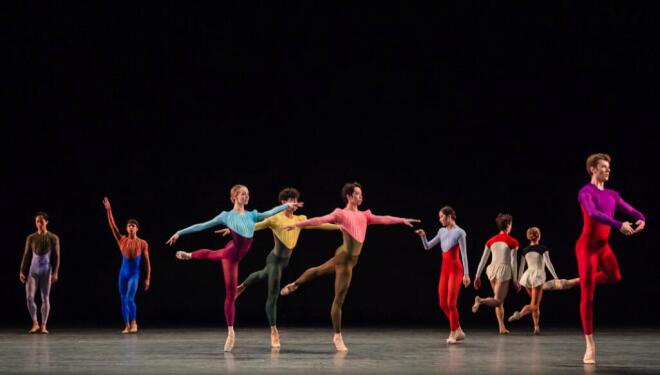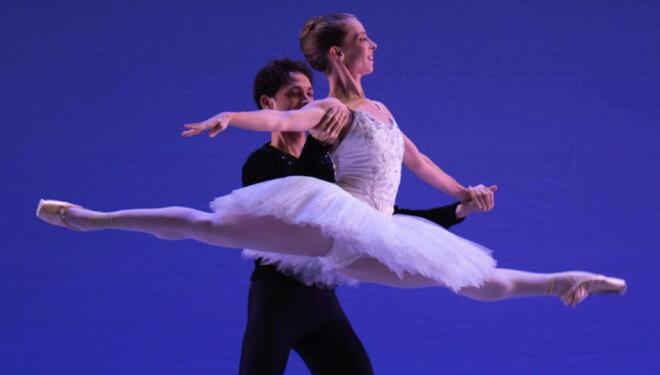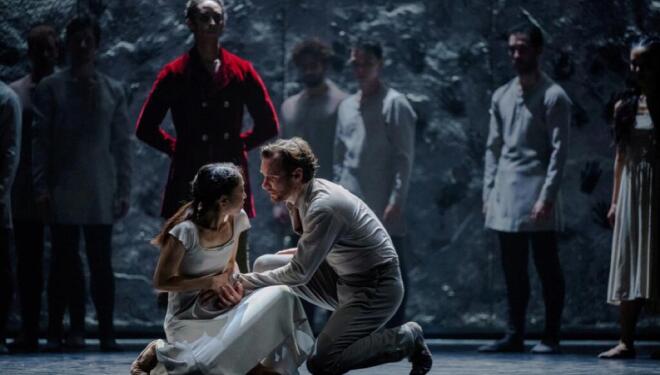
Khan grabbed the 19th century Romantic tale of a frail peasant girl deceived in love by a reckless slumming aristocrat, who returns from the dead to forgive and save him, and turned it into a muscular story of industrial workers and ruthless, exploitative factory owners. He cleverly kept the narrative thread of the original, including the central love story, but imbued it with flesh, urgency and modernity.
Khan’s Giselle grabs the audience from the first ominous rumble of drums rising from the orchestra pit, the beginning of Vincenzo Lamagna’s especially commissioned score, which follows Adolphe Adams’s original, but adds a much darker tone, bringing in the shrill, sustained grind of industrial machinery, as well as the pounding rhythms demanded by Khan’s kathak-influenced choreography. It was played live by English National Ballet Philharmonic conducted by Maria Seletskaja.
As the curtain rises, Giselle and her co-workers face a forbidding, impenetrable stone wall, Tim Yip’s designs combined with Mark Henderson’s lightning to create a twilit disquieting environment. This Giselle is a leader, a strong young woman, full of life and defiance, who will stand up to Albrecht’s disdainful fiancé Bathilde as she will later stand up the the fierce queen of the wilis.
On press night she was danced with enrapturing conviction by lead principal dancer Erina Takahashi
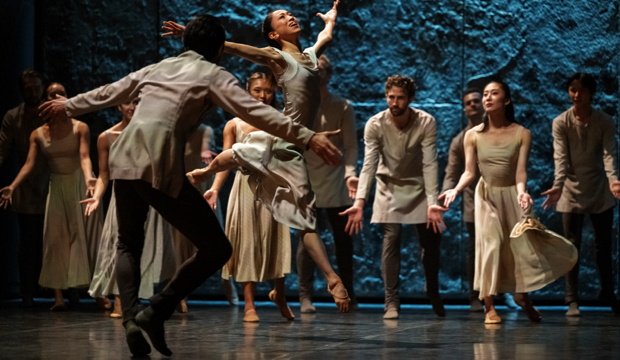
Erika Takahashi and artists of ENB in Akram Khan's Giselle © Camilla Greenwell
Read our interview with Erina Takahashi here
Her lover, Albrecht, belongs to the ruling caste, but woos Giselle in disguise, and it’s clear there is deep love between them, their choreography fleet, playful and affectionate, which makes his eventual betrayal all the more devastating. Danced by the excellent James Streeter there is thrilling chemistry between this Albrecht and Giselle, in real life a married couple.
Their connection comes to the fore in Act II, when the spirit of Giselle meets Albrecht and they abandon themselves to a prolonged, intensely erotic pas de deux, filled with the clinging desperation of what cannot be. It is a truly heart-breaking tour de force, the graphic physicality and emotional depth of their love over-flowing the stage.
They meet in the after-world of an abandoned factory, now occupied by the wilis, no longer the diaphanous spirits of betrayed brides of the Romantic Giselle in their pristine long white skirts, but truly malevolent ghosts of women who died in work, in ragged, mud-stained costumes, carrying long staffs and led by the imperious Myrtha, Emma Hawes one press night.
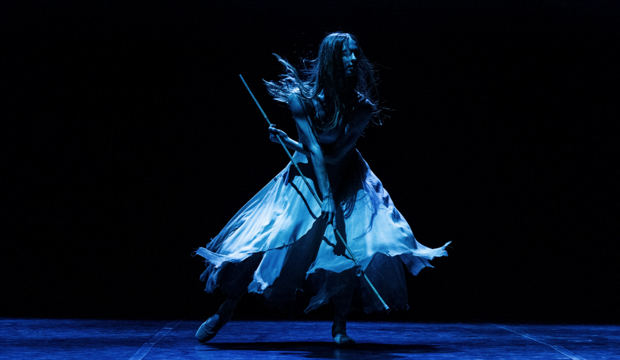
Emma Hawes as Myrtha in Akram Khan's Giselle © Camilla Greenwell
Their bourrée on pointe is an inexorable march of death, as Hilarion (a convincing Ken Saruhashi) is soon to find out. Here the rough, but well-meaning woodsman of the original is a nasty character, the cruel factory foreman who wants Giselle for himself; and his demise at the hands of the merciless wilis is well-deserved and happens in full view.
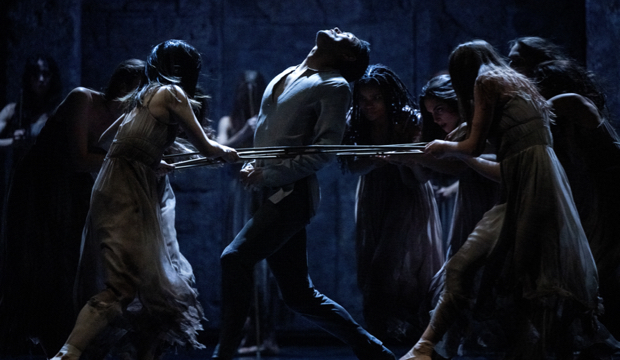
Ken Saruhashi as HIlarion with artists of ENB in Akram Khan's Giselle © Camilla Greenwell
Akram Khan’s Giselle is a work of genius with moments of immense beauty and believable, haunting characters. Like all classics, it's a work we'll never get tired of and actually, I can't wait to see it again... and again...
| What | ENB, Akram Khan's Giselle Review |
| Where | Sadler's Wells, Rosebery Avenue, London, EC1R 4TN | MAP |
| Nearest tube | Angel (underground) |
| When |
18 Sep 24 – 28 Sep 24, 19:30 Th & Sat mats at 14:30 Dur.: 2 hour inc one interval |
| Price | £15-£85(+ booking fee) |
| Website | Click here to book |


